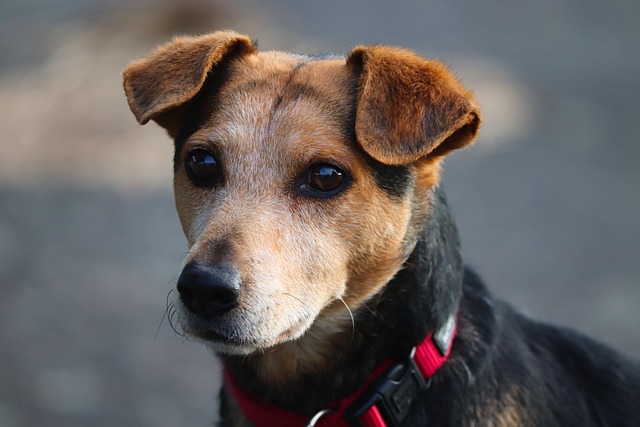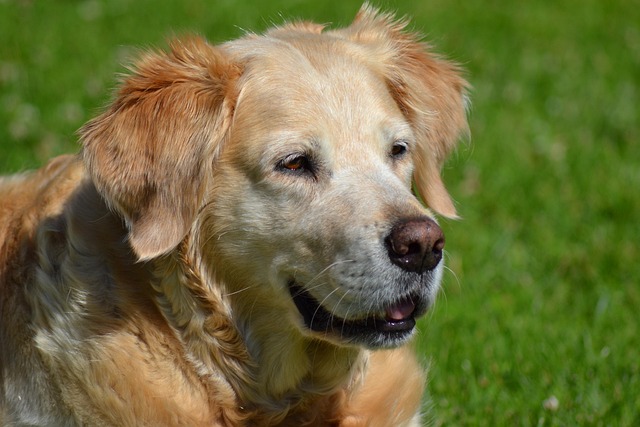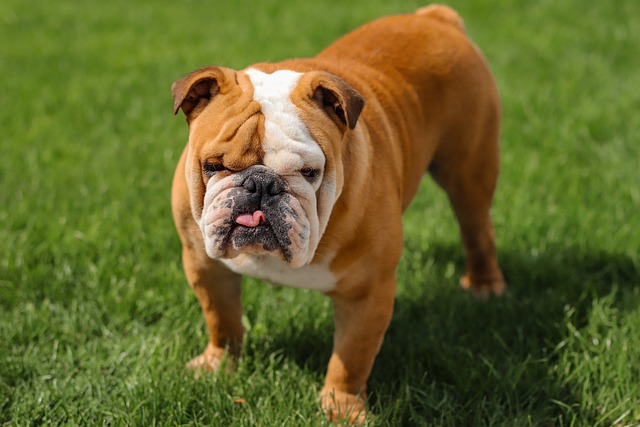
recovering from heat stroke symptoms dog: Key Do’s and Don’ts for New Owners
I sat with my friend Liam in his Texas living room last Wednesday, where his 3-year-old Husky mix, Max, lay on a cool towel—still panting softly
Last Friday evening, I rushed over to my friend Zoe’s place after she sent a frantic voice note—her 11-month-old Labradoodle, Cooper, was rubbing his face against the carpet nonstop, his eyes red and teary, and his paws so itchy he’d chewed a small spot raw. “We were at the park during that high-pollen hour, and now he won’t stop suffering. How do I stop dog allergies immediately?” Zoe asked, holding Cooper close to keep him from scratching more. If you’re a new U.S. dog owner dealing with a sudden allergy flare-up—think constant itching, sneezing, or watery eyes—“immediately” doesn’t mean curing the allergy, but you can ease their discomfort fast by cutting off the trigger and soothing their irritation, which buys you time to connect with a vet.
To get why “stopping immediately” means relief, not a fix, let’s break it down simply: Dog allergies happen when their immune system overreacts to something harmless—like grass pollen, dust mites, or even a new laundry detergent. Their body releases histamines, which cause that itchy, scratchy misery. Cooper’s vet later explained: You can’t shut down that immune response in minutes, but you can wipe away the allergen (the pollen stuck to Cooper’s fur) and calm the inflammation right away. That stops the cycle of scratching (which only makes skin raw and prone to infection) and helps your pup feel better fast. Unlike long-term allergy care (like HEPA filters or diet changes), these steps are all about “allergy first aid” for your dog.

Here’s how to stop dog allergies immediately, using Zoe’s experience as a guide: First, yank the allergen away right now. If your dog was outside (like Cooper), carry them indoors to a clean, cool room—away from grass, pollen, or mold. Then grab a soft, damp cloth (lukewarm water only—hot or cold irritates sensitive skin) and wipe their paws, belly, and face gently. Zoe did this, and she found yellow pollen on the cloth afterward—Cooper stopped rubbing his face within a few minutes. Second, soothe the itch safely. Keep a vet-approved anti-itch spray in your kitchen cabinet (ask your vet for a gentle, puppy-safe one!) or use a cold compress: wrap an ice pack in a towel and hold it lightly on itchy spots for 10 seconds at a time. Zoe used the cold towel on Cooper’s paws, and he leaned into it, clearly relieved. Never use human products—things like our antihistamines or lotion can be toxic to dogs. Third, calm their stress. Itchy dogs get anxious, so offer a tiny, plain treat (like a piece of cooked turkey) and talk to them in a soft voice. Zoe gave Cooper a treat while petting his back slowly, and he stopped pacing to relax. Fourth, tidy the immediate area. If the allergen is indoors (like dust from a new pillow), use a damp wipe to clean surfaces Cooper touches—Zoe wiped down his bed and the couch, so no leftover pollen bothered him more.
For apartment living, put together a “dog allergy emergency kit” by your door: damp cloths, vet-approved anti-itch spray, a cold compress, and treats. When walking, always carry poop bags (cities like New York fine $250 for leaving messes)—even in the middle of an allergy crisis, you still need to clean up after your pup. Never scold your dog for scratching or rubbing—they’re not being “naughty”; they’re in pain, and punishment goes against U.S. animal welfare standards. Keep your dog’s rabies vaccine up to date (it’s required nationwide, and vet visits let you get long-term allergy tips too)—even if symptoms ease, a vet check within 24 hours helps identify the allergen for future prevention.
By bedtime, Cooper was napping on his bed without scratching once. How to stop dog allergies immediately? It’s about acting fast to remove what’s bothering them, soothe their discomfort, and keep them calm—you can’t make the allergy disappear in minutes, but you can help your pup feel better right when they need it most.

I sat with my friend Liam in his Texas living room last Wednesday, where his 3-year-old Husky mix, Max, lay on a cool towel—still panting softly

Watching a dog curl up quietly after a walk might make you think they’re all set—but figuring out if that activity was enough takes a little more attention.

You’re enjoying a sunny afternoon at the park when you notice your dog lagging behind, panting heavily with thick saliva, and seeming unsteady on their feet.

Last Friday evening, I rushed over to my friend Zoe’s place after she sent a frantic voice note—her 11-month-old Labradoodle, Cooper, was rubbing his face against the carpet nonstop

Honey is a common staple in many households, often used to sweeten drinks or top snacks—but when it comes to sharing it with our furry companions, questions naturally pop up.

I sat with my friend Lily in her living room last week, watching her 2-year-old Golden Retriever, Bailey, scratch his ears so hard he whimpered—his paws were red and raw from licking